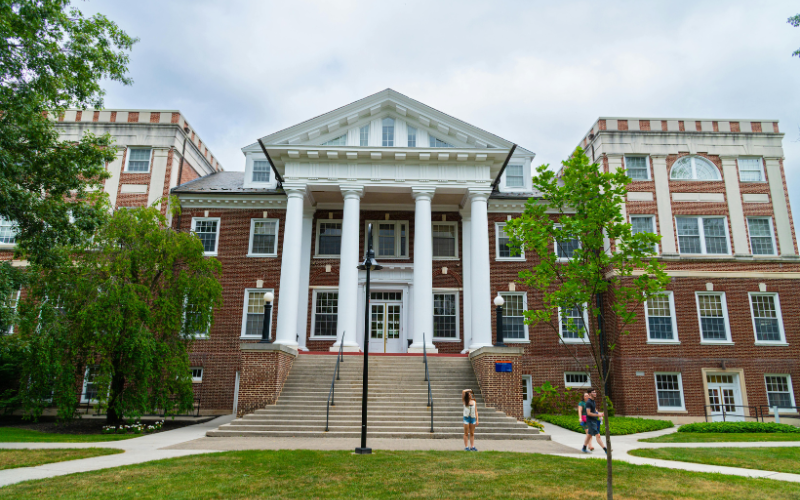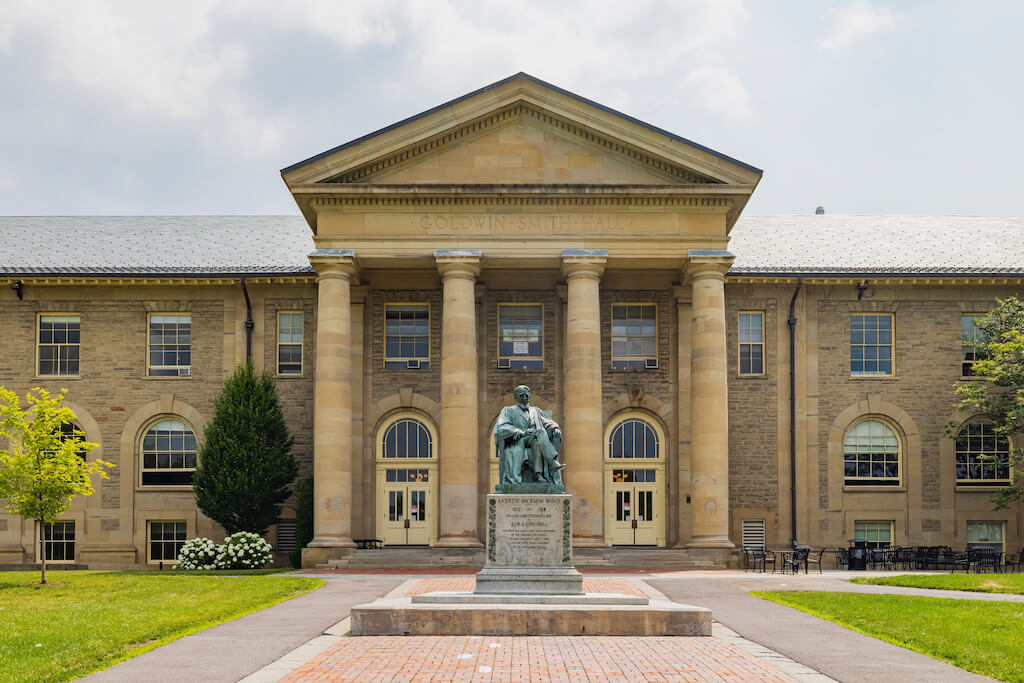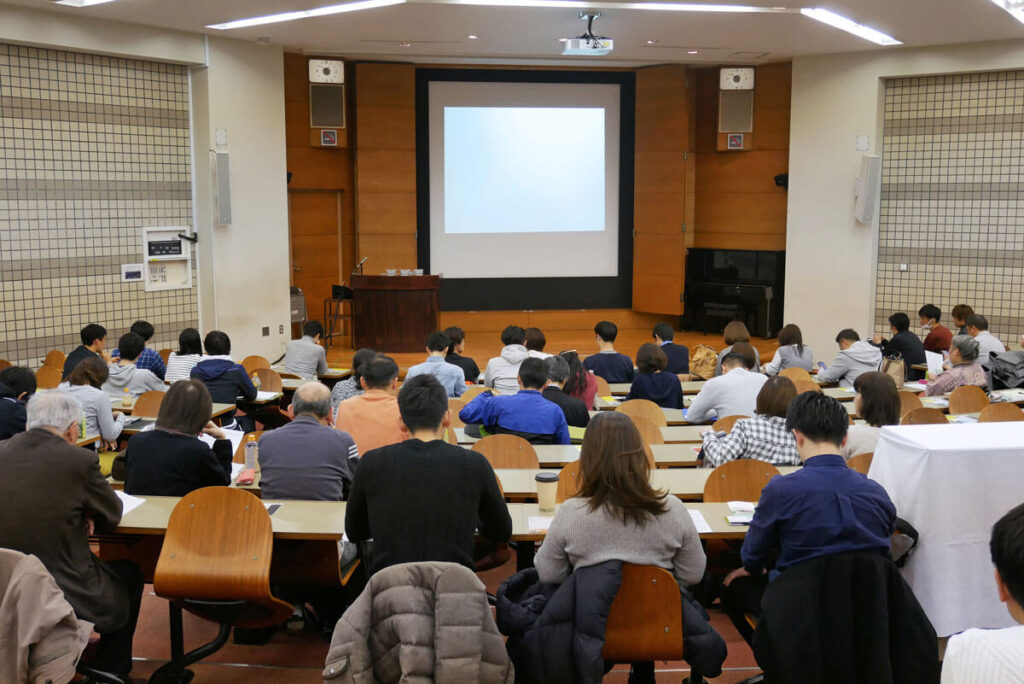 Bob Zemsky, co-author of Remaking the American University: Market-Smart and Mission-Centered led a session for Presidents and Trustees of colleges and universities at the 2007 Higher Learning Commission annual meeting in Chicago. At the time, he was a member and participant on the Spellings Commission and he provided the audience with an update on the Commission’s findings from his perspective. I was pleasantly surprised when he did not take the side of many in Higher Education who prefer that the government and corporations leave the accountability issue alone.
Bob Zemsky, co-author of Remaking the American University: Market-Smart and Mission-Centered led a session for Presidents and Trustees of colleges and universities at the 2007 Higher Learning Commission annual meeting in Chicago. At the time, he was a member and participant on the Spellings Commission and he provided the audience with an update on the Commission’s findings from his perspective. I was pleasantly surprised when he did not take the side of many in Higher Education who prefer that the government and corporations leave the accountability issue alone.
After purchasing the book, I realized that Zemsky and his co-authors, Gregory Wegner and William Massy, have been writing about the changes in American universities for over twenty years. They catalog the birth of the modern era in Higher Education to coincide with the launching of two events by the federal government: passage of the GI Bill which increased the participation of America’s middle class in higher education and the Vannevar Bush (Director of the Office of Scientific Research and Development) report recommending that the federal government fund scientific research through colleges and universities. Since those two noteworthy events, the authors maintain that a college degree has become perceived as “an economic necessity pursued by the many, rather than a privilege reserved for the few.”
Zemsky, Wegner and Massy provide the reader with discussions of the market for education, the “arms race” for new students, and the influence of the U.S. News ranking systems. They discuss consequences of some of these actions with chapters on college athletics, tenure’s “publish or perish” culture, and technology through e-learning. Since our focus at APUS is on e-learning, I would take issue with the authors’ comment that “e-learning has become principally a way of distributing correspondence courses on the Web under the label of distance learning.” I agree that there are institutions where their “online classes” are really an electronic assignment sheet and little else. However, best practices developed and promulgated by organizations like the Sloan Consortium, are continuing to enhance the level of activity, learning, and learning outcomes through the serious providers of online distance education.
In the final chapters, the authors state firmly that there’s “no answer for those who want to put the genie back in the lamp.” They maintain that quality has to be the focus of every institution and that access to higher education has to be expanded, particularly among minorities. Teaching should be “a central criterion in review for all hiring, promotion, and tenure decisions.” Learning assessments should be implemented. Institutions need to talk more with their constituencies: students, faculty, politicians and neighbors.
I highly recommend this book to anyone interested in the primary issues of the accountability debate, the historical actions that led to today’s status quo, and the authors’ opinion on what can and should be done to more actively engage institutions of higher education in participating in the national dialogues.










